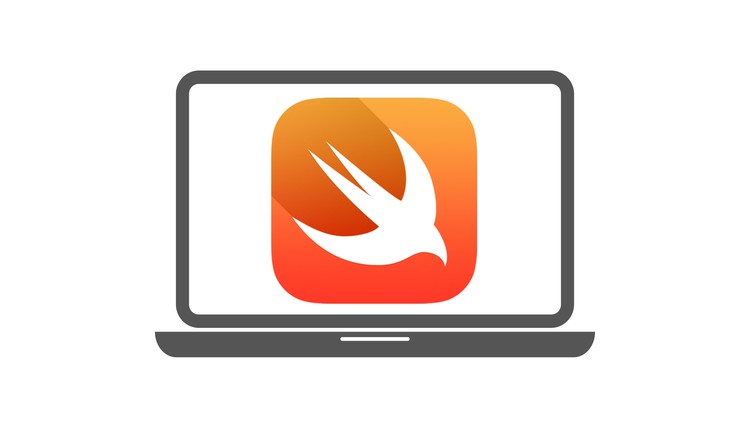
Learn to Code Swift 5 with Apple’s Xcode 13 & Get Ready for Building iOS 15 Apps in 2021
☑ Swift 5 Fundamentals
☑ Basics of programming
☑ How to install Xcode
☑ How to write Swift code in Playgrounds
- This course will teach you how to write code in Swift programming language.
- You don’t need to have any prior programming experience. We will start from the very beginning and teach you the basic concepts of programming.
- This course has lots of code examples.
- There are quizzes associated with the lessons. By taking the quizzes, you will have a clear conception about the lessons.
Programming is a never-ending skill that you need to develop. You can learn programming at any age. You just need to focus on learning and then keep practicing what you learn. Your age or existing skill level doesn’t matter. With practice, you can be a good programmer.
This course is for complete beginners to programming. We will start by guiding you through the steps necessary to write your first line of Swift code. To write Swift code, we need Xcode. So we will show you how to install Xcode. Then you will be introduced to concepts like variables, constants, data types, operators, conditionals, loops, functions, arrays, dictionaries, optionals, structs and more. All the code in the course works inside of Xcode’s easy-to-use playgrounds.
Swift was developed by Apple and was first introduced at Apple’s 2014 Worldwide Developers Conference. Swift is primarily used for building apps on Apple platforms. It’s the native language to build apps for iPhone, iPad, Mac, Apple TV and Apple Watch. Swift version 2.2 was made open-source in December 2015.
If you want to build native apps for Apple platforms, then Swift is the language you would use. Swift is also being used for building server side applications. Swift is easy to learn and friendly to new programmers. It’s a safe, fast, and interactive programming language.
English
Language
Getting started
Introduction
Swift Programming Language
Installing Xcode
Xcode Playground
Hello, Swift!
Syntax Errors in Swift
Syntax Errors
Variables and Constants
Playground as a Calculator
Variables
Types of Data
Operations between different Types
Type Inference
Type Inference
Explicit Type Annotations
Changing a Variable’s Value
Changing a Variable’s Value
Constants
Variables & Constants
Naming Variables & Constants
Naming Variables & Constants
Data Types in Swift
What is Data Type?
Numeric Types
Strings
Booleans
Data Types
Comments
Comments
Operators
Introduction to Operators
Arithmetic Operators
Assignment Operators
Assignment Operators
Comparison Operators
Comparison Operators
Logical Operators
Logical Operators
Making Decisions
The if statement
The else clause
The else if statement
Conditions using logical operators
Repeating Tasks
The while loop
The break statement
The continue statement
Functions
What is a function?
Function parameters
Function with multiple parameters
Return values of a function
Optionals
What are optionals?
The optional type
Unwrapping optionals
Optional binding
Collections
What is an array?
Accessing array elements
Modifying arrays
Iterating through an array
Dictionaries
Creating Your Own Types
Structs
Creating instance of a struct
Adding methods to structs